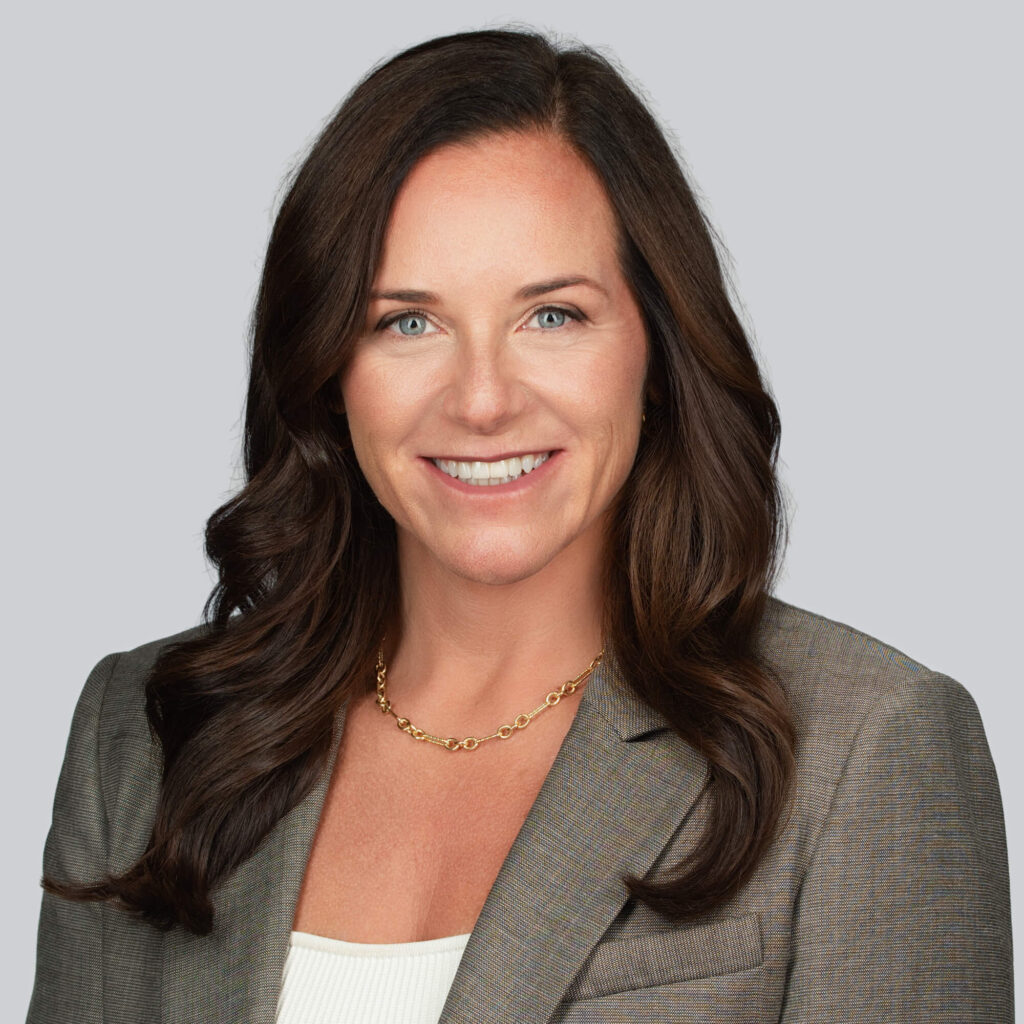I have no idea where the phrase “getting your financial house in order” comes from. A quick Google search resulted in nothing useful. I guess the idiom makes sense since a house starts with blue print (plan) and is comprised of rooms that have purpose like a kitchen, bathroom and bedrooms (specific accounts or areas of personal finance). The end result of a well-constructed house should be to meet your needs and provide security for your family. Same goes for a financial plan.
Rarely will you move right into your dream home. Most start by renting with roommates, then move to a better place, look to buy a house and eventually buy a house that is more permanent. Just like your living situation, your financial house is going to change too.
What kind of financial house do you want? Do you want a basic structure or all the bells and whistles? The world of personal finance is vast, and most financial service providers want you to feel overwhelmed so that you will pay them to tell you what to do. However, all plans have the same basics or what I call the ‘bookends’, which are:
- Short-term Financial Security, or Emergency Fund (3-6 months of streamlined expenses) in cash earning a competitive interest rate like 1.7%+. Make sure this is linked to your checking account and both you and your partner have access to it in the event of an emergency.
- Long-term Financial Security, or Retirement Savings. You can save $19,500 into a 401(k), 403(b), 457 for 2020. Employers can match on top of this amount. There are various retirement account options if you are not covered by an employer plan, like IRAs (SEP, Roth, Traditional) as well as saving in a taxable brokerage account for this goal. This is your biggest financial goal and cannot be ignored. Knowing how much you need to save to be on track depends on your age, lifestyle, current savings, potential inheritance or other financial events.
To make any home functional, you need plumbing and electricity right? This is where your cash flow comes into the plan. What you earn less what you spend each year equals what you have available to save for your goals in the middle of the bookends mentioned above. This is where having insight into your finances makes a HUGE impact.
By knowing how much you need to make to live the life you want to lead, you have a better chance of achieving that life. The average Bay Area family needs to earn $250,000 before taxes to afford to live here. If the life you want is above average, you need to earn more. Knowing how much more may help determine whether to change jobs, ask for a raise, seek a promotion or be a dual income family. Or, this can lead to a decision to leave the Bay Area and find a more affordable place to raise your family.
Your spending is the other half of the equation. This tends to be the most challenging part of financial planning because it is hard to have an objective perspective on what is a “need” versus a “want”. So much of spending is discretionary, but we are convinced we need this stuff to make life good. This is also where tension arises between couples as usually one person is more in charge of spending the money and the other can come to resent that outflow and think expenses should be less.
You must have a target spending number and way to quickly see if you are on track. This is a basic for any financial house to run effectively. It’s your gas and water meter. You have complete control over the outflow. You can be as micro or macro as you want with this part of your financial house; it depends on your personality and financial situation.
Once you have these basics, you can move onto all the fun stuff in the middle: Real Estate (home purchase, remodel, upgrade, rental properties), Insurance (managing risks), Estate Planning (critical if you own a house and have kids), Debt Management, Education Savings, Tax Planning and other Investments.
The Tiny House revolution is like the F.I.R.E movement (Financial Independence, Retire Early), and McMansions are like financial plans with all the bells & whistles. The basics are the foundation of any financial plan. From there you can remodel, renovate, add-on or do a complete upgrade or downsize. The key is to get started. As life changes, be flexible and strive to find the balance between enjoying life today and keeping a sturdy financial house in place for longer-term security.


